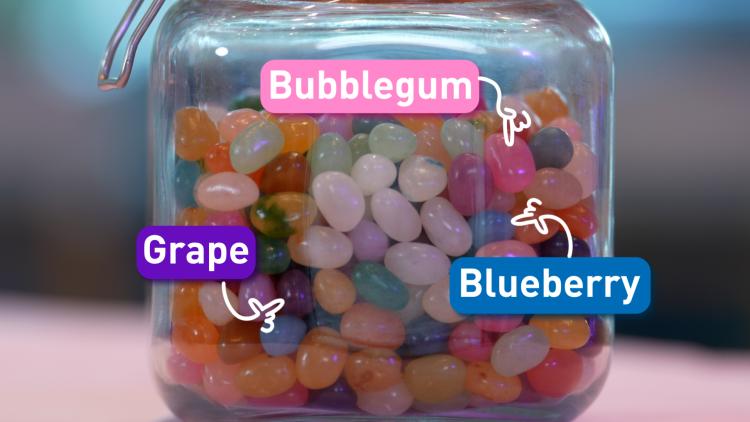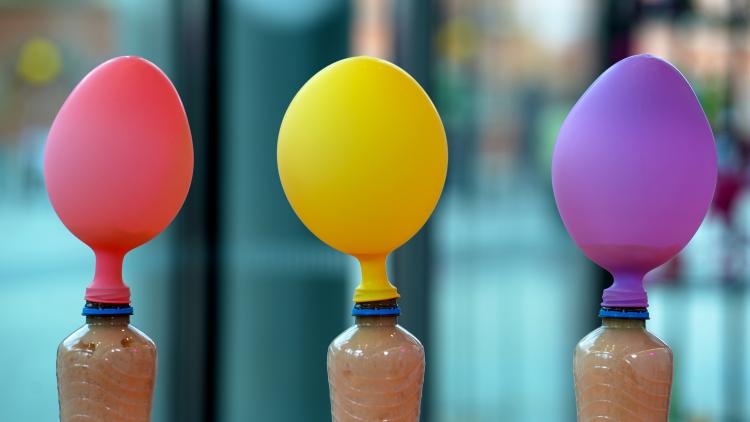Test your reactions
This activity will take 10 minutes, is for ages 7 to 10 with supervision needed.
You can react to something in a fraction of a second. See how fast you can react with this simple test.
What you'll need
- A 30cm ruler (a 15cm ruler might work too, but you’ll have to react faster)
- A partner to help you
What to do
- Sit or stand with your arm stretched out in front of you. Hold out your thumb and your first finger.
- Your partner needs to hold the ruler from the 30cm end and position the 0cm end just above the gap between your outstretched thumb and first finger. Make sure you aren’t touching the ruler!
- Without giving you a warning, your partner needs to drop the ruler.
- Catch the ruler, as quickly as you can, using just your thumb and finger. If you miss, make sure you watch out for your face or toes! And then have another go.
- Record the point at which you caught the ruler, to the nearest cm. Measure from the bottom of your thumb.
- You can use this table below to convert the measurement on the ruler into your reaction time in seconds. The less time it takes you to catch the ruler, the faster your reaction.
How would you answer questions such as:
Does your reaction time get better with practice?
How do the adults in your household compare to the children?
What's the science?
The time between noticing something (the ruler falling) and responding to it (catching the ruler) is known as reaction time.
We use our eyes and other sensory organs to detect what's going on around us. Understanding this information and deciding how to respond to it is the job of our nervous systems. Our nervous systems control everything we do and is made up of the brain, spinal cord and billions of nerve cells known as neurons.
When your eyes detect that the ruler has been dropped, neurons send a message to your brain. Your brain processes this information, decides what to do next and then sends a message to the muscles in your hand to contract and catch the ruler.
In just a fraction of a second, your body was hard at work so that you could catch the ruler.
Science at the Crick
Our brains are made up of around 100 billion neurons – that’s more stars than there are in the Milky Way galaxy. Our scientists are working hard to better understand how these neurons work and to develop new treatments for diseases that affect them.
Motor neurone disease, or MND, is just one of these diseases. People with MND experience a gradual loss of movement, as neurons are destroyed and can no longer send messages to muscles.
A team at the Crick recently developed a new device that might be able to help people with MND. The device is small enough that it can be placed in the brain without causing harm. In fact, the device is so tiny that the wires used in it are 15 times thinner than a human hair!
Although currently used to record brain activity, the device could also be used to send messages usually sent by neurons. In the future, devices such as these could be used in people with MND to send messages to muscles and help restore movement.





